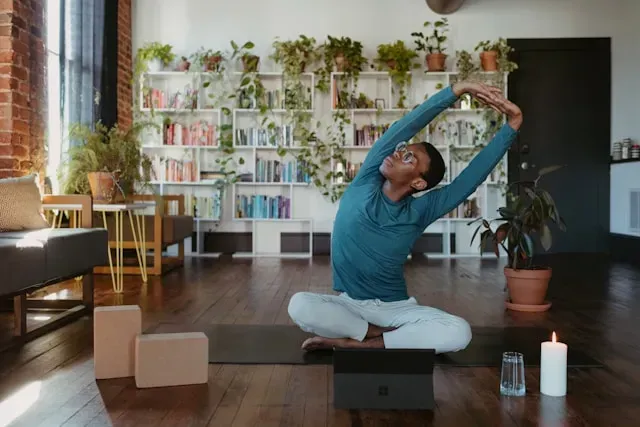
Home Health Occupational Therapy
Home Health Occupational Therapy helps individuals regain independence in daily activities at home. Discover its benefits and essential services here.
Get carepatron free
Commonly asked questions
Yes, occupational therapy can be provided in the home to help patients regain independence in daily activities. Home health OT focuses on personalized interventions, environmental modifications, and functional training to improve safety and mobility.
A home health occupational therapist assesses a patient's functional abilities, identifies barriers, and develops treatment plans to enhance independence. Their role includes teaching adaptive techniques, recommending assistive devices, and ensuring a safe home environment for improved daily living.
Yes, OT services can be provided independently if a patient qualifies based on functional needs, but Medicare often requires another skilled service like nursing or physical therapy to initiate care. Occupational therapists, however, play a crucial role in rehabilitation, home modifications, and patient education within the home health setting.
In certain cases, occupational therapy can be the sole service if the patient's primary need aligns with OT interventions, such as improving daily living skills or home safety. However, OT practitioners work alongside a healthcare team in many situations to provide comprehensive care.







